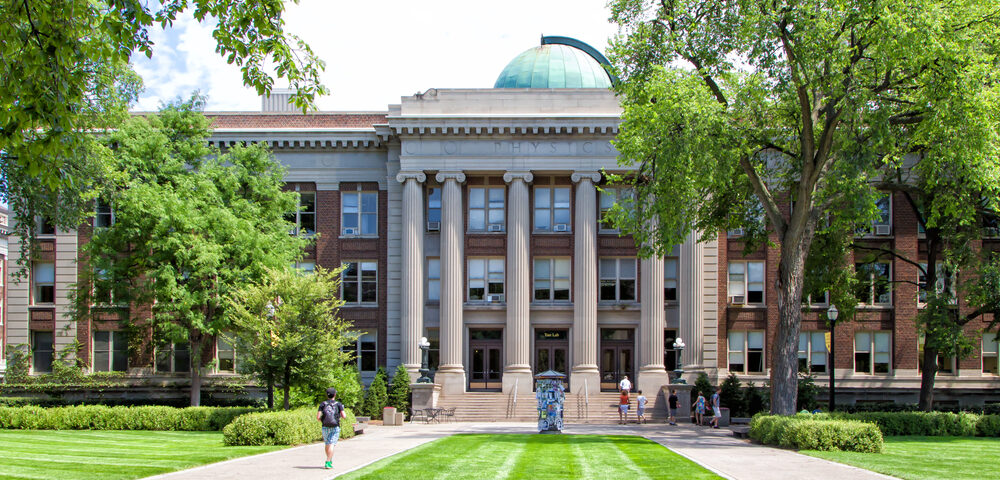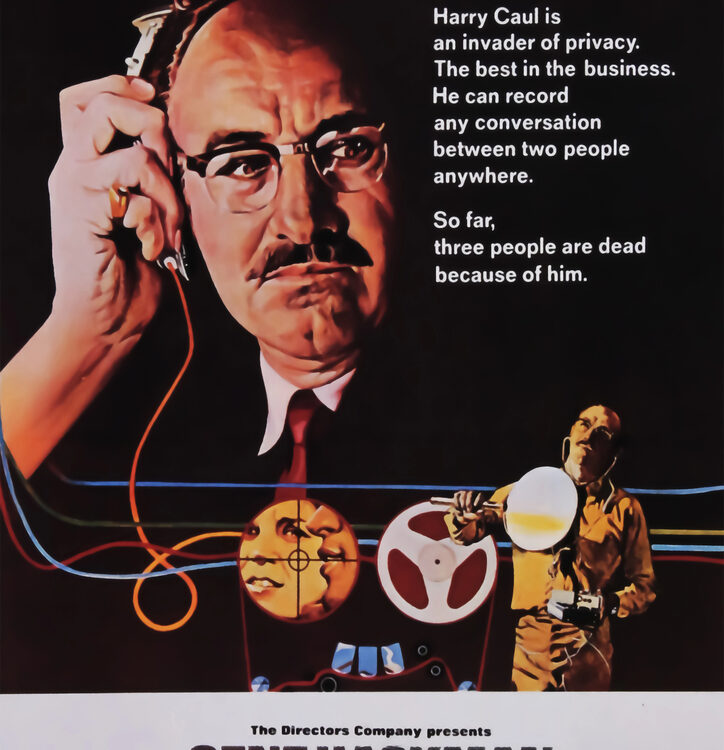
Estate Planning Changes You Need to Know From the One Big Beautiful Bill Act
August 22, 2025Colleges and retirement communities may not seem like natural neighbors, but across the United States, the two are joining forces in surprising and innovative ways. Faced with the dual challenges of declining college enrollment and a rapidly aging population, institutions of higher learning and senior housing providers are creating “university retirement communities.” These partnerships allow older adults to keep learning while offering colleges a new way to sustain financial stability.
At Lasell University near Boston, for example, residents of Lasell Village, a retirement community, live right on campus, attend classes, and even engage in social activities with students. It’s not unusual for a 20-year-old undergraduate to find themselves sitting next to an 80-year-old retiree in the classroom. While the idea might sound unconventional, it is proving successful and is spreading nationwide. Today, there are approximately 85 of these communities across the country, and more are expected as both the higher education and senior living industries evolve.
The concept isn’t entirely new. Back in the 1980s, Iowa State and Indiana University experimented with similar models, but the trend is now gaining momentum as demographic shifts accelerate. By 2050, more than 20% of Americans will be over the age of 65, while the number of high school graduates, colleges’ traditional pipeline of students, is projected to decline. This “double squeeze” places financial stress on schools, with some even closing their doors. At the same time, demand for senior housing continues to grow. By combining resources, universities and retirement communities are finding creative ways to serve both students and older adults.
The benefits of these partnerships go well beyond finances. Students often find meaningful mentorship and friendship with residents, while retirees enjoy the intellectual stimulation and vitality of a college campus. Shared classes, intergenerational projects, student job opportunities, and campus events create a unique sense of community. For some, the connections formed are life-changing. At Lasell Village, for instance, one student found a “bonus grandmother” in a resident she befriended, an example of how bridging generations can enrich both sides.
Of course, these partnerships also come with challenges. Zoning disputes, construction delays, financial risks, and cultural differences between students and retirees can complicate the process. Some projects, like the retirement community at Purchase College in New York, took decades to develop, while others, like Eckerd College in Florida, faced financial hurdles to keep facilities afloat. Yet, despite these obstacles, many communities have flourished, showing that with careful planning and collaboration, the model can work.
For individuals considering retirement living options, university-based communities represent an exciting new possibility. They offer not only access to healthcare and housing but also continued education, vibrant social engagement, and the chance to remain active in a dynamic environment. From an estate planning perspective, these options remind us of the importance of aligning lifestyle goals with long-term financial planning. As retirement evolves beyond the traditional model, having clear directives and financial structures in place ensures individuals can pursue these innovative opportunities with confidence.
As innovative retirement models like university-based communities continue to emerge, planning ahead becomes more important than ever. Your estate plan should reflect not just your financial goals, but also your vision for how and where you want to enjoy retirement. At The Estate Planning & Legacy Law Center, we help you prepare for the future with clarity and confidence so you can embrace opportunities that make life both secure and fulfilling. Contact us today to get started!




